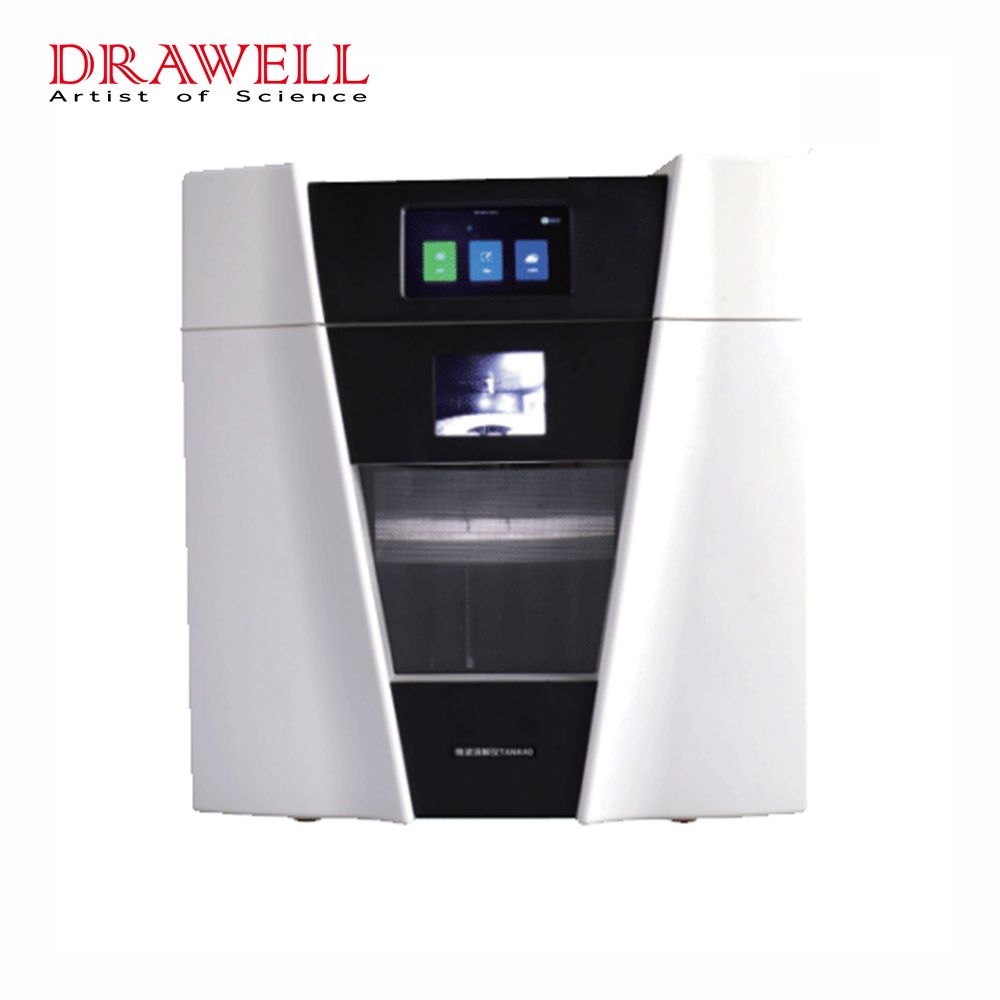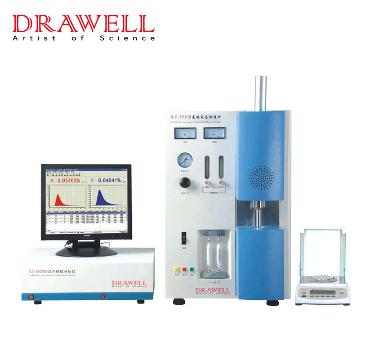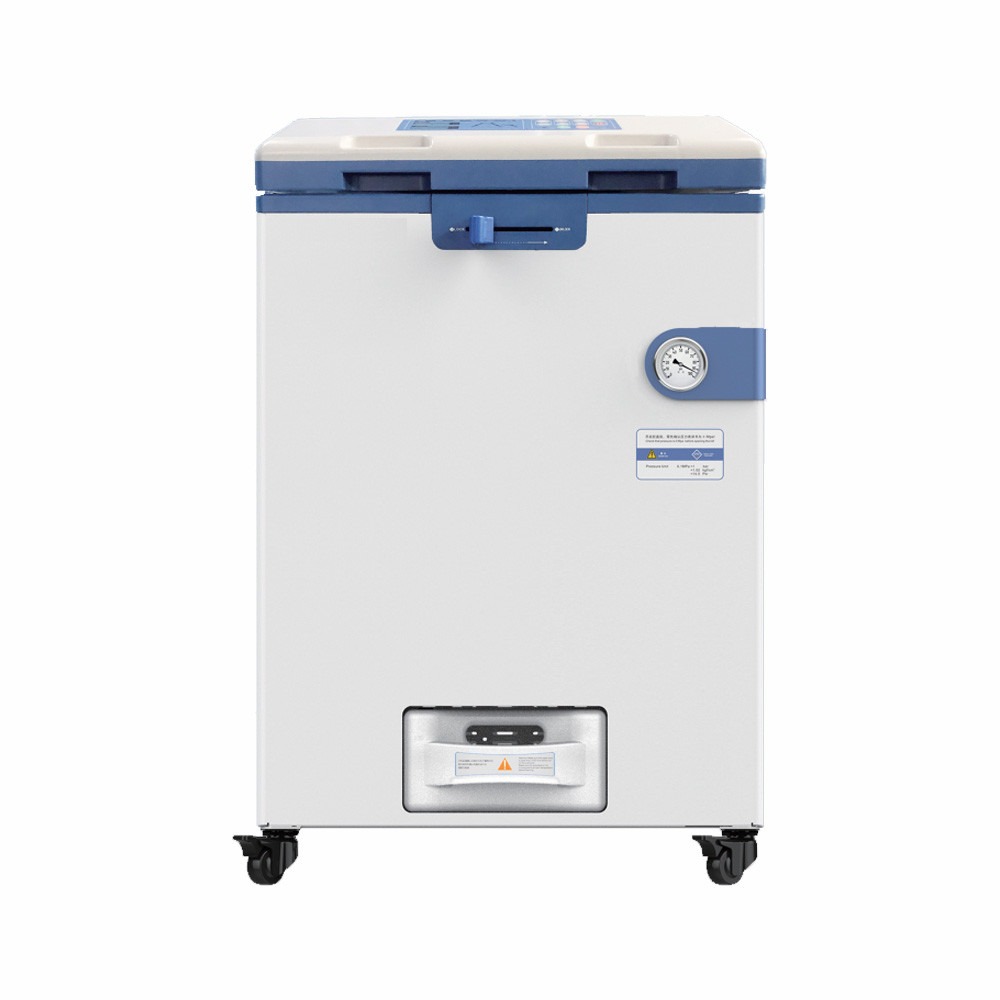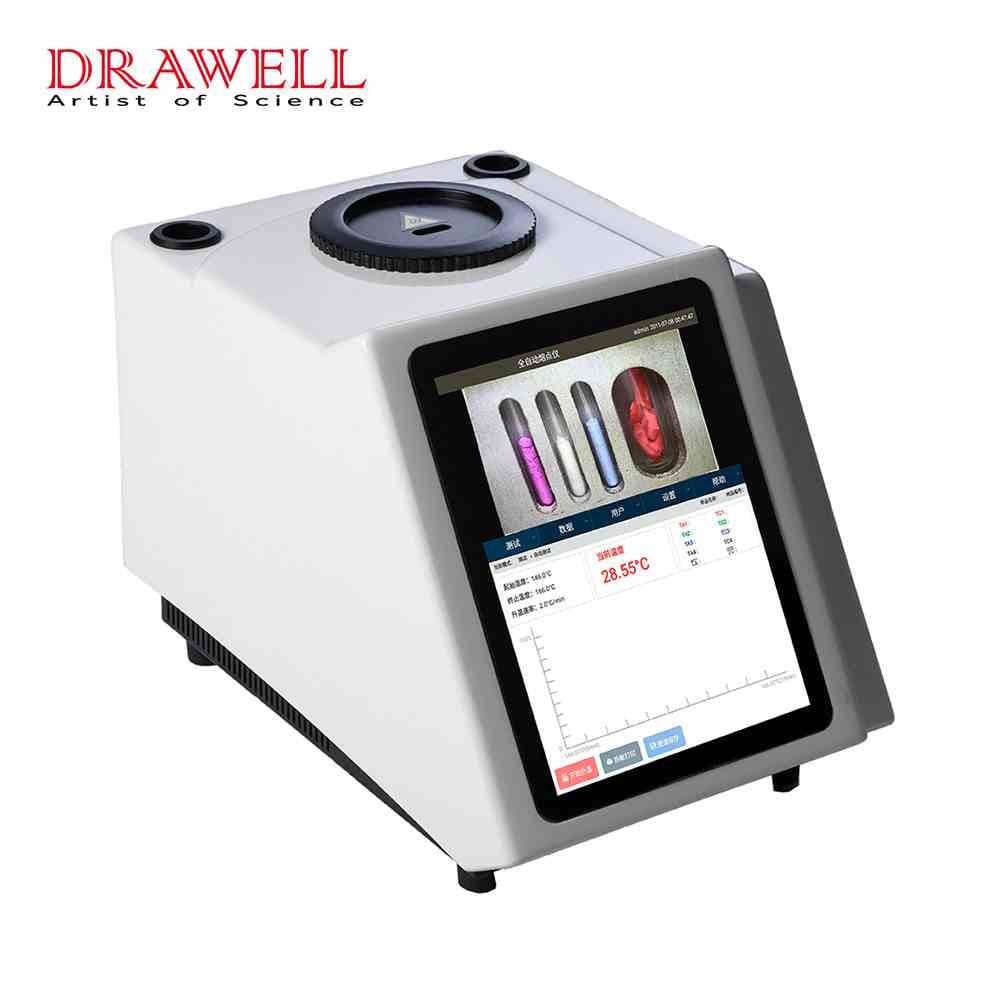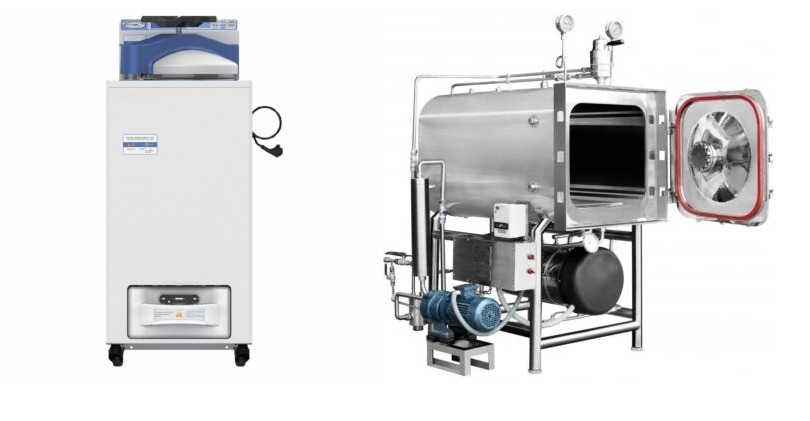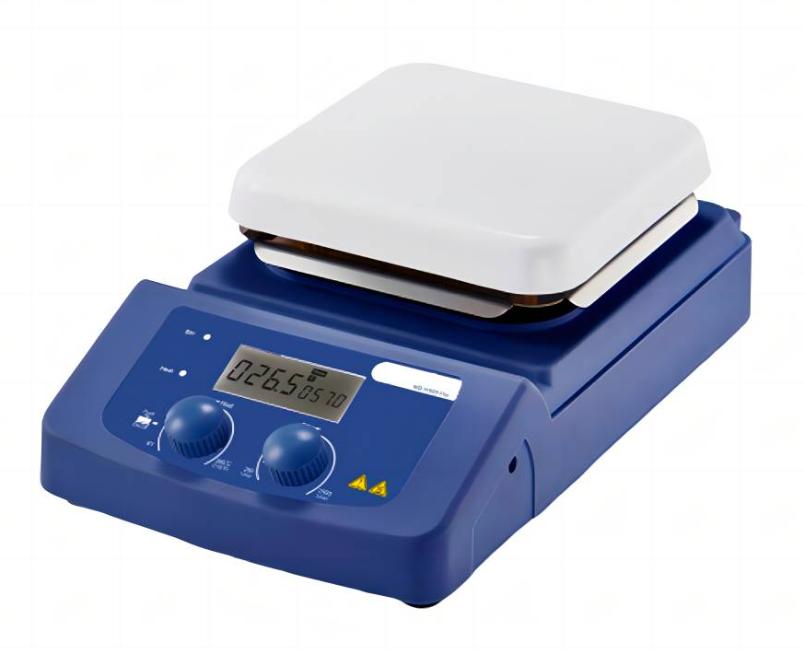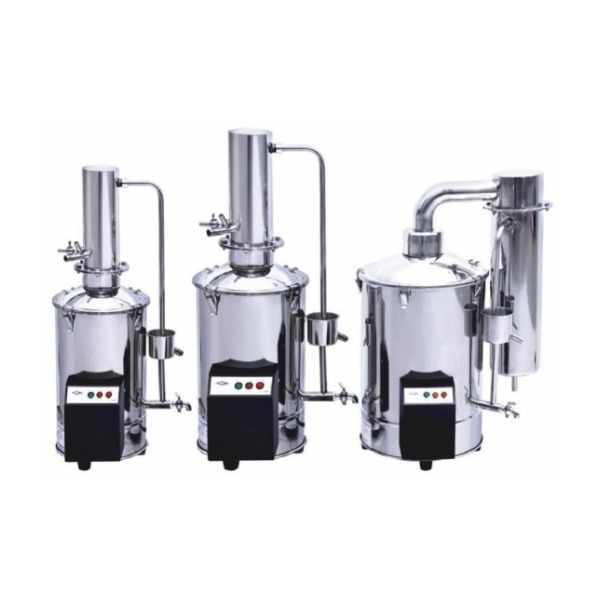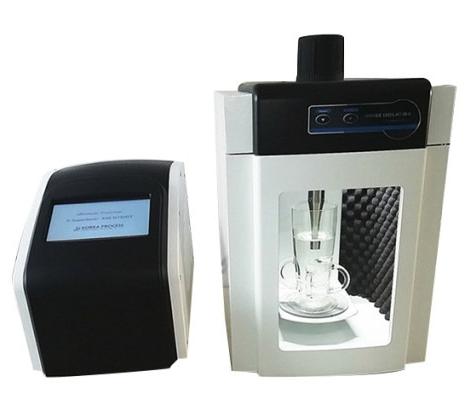News
How to Integrate Microwave Digestion System with Different Analytical Instruments
In modern analytical labs, the requirement for high-throughput exact and reproducible analysis of elements has led to the wide adoption for microwave digestionsystems. These systems aid when it comes to preparing samples for later analysis by breaking up complex matrices into digestible formats. Its seamless integration with analytical instruments like ICP-MS (Inductively Coupled Plasma Mass Spectrometry), AAS (Atomic Absorption Spectroscopy)…
How Carbon Sulphur Analyzers Help Optimize Steel Production
Steel is the foundation for modern-day infrastructure. From towering buildings to automobiles we drive, it the strength and flexibility of steel is due to its exact chemical composition. Although many elements are responsible for steel’s properties, carbon sulphur analyzers are one of them. Carbon sulfur analyzers play an essential function in monitoring and regulating these elements, which ensures…
What is the Role of Vertical Autoclaves in Biosafety Level (BSL) Labs
Biosafety level (BSL) laboratories handle dangerous biological substances, and require strict sterilization procedures to prevent contamination and ensure the safety of employees. As a key piece of equipment within these labs, vertical autoclaves play a crucial role in the decontamination of instruments, waste and media. Their designs, performance and conformity to biosafety regulations make them essential for BSL-2, BSL-3,…
Choose a Benchtop Centrifuge for Small Laboratoy: What Need to Know
In labs, efficiency, space-saving design, and high performance are crucial, particularly for smaller labs working with limited budgets. Benchtop centrifuges are key to meeting these demands, offering efficient, compact, and versatile solutions for various tasks. They’re a game-changer for streamlining workflows. Why Choose Benchtop Centrifuges for Small Laboratories A benchtop centrifuge is a compact instrument used…
From CO2 to VOCs: FTIR in Environmental Gas Phase Pollutants Monitoring
From the widespread existence of carbon dioxide (CO2) which has a profound impact on global climate to the nefarious threat of volatile organic substances (VOCs) which affect the quality of air in your area and the health of humans monitoring the gas phase pollutants has become a pressing and complicated task. The traditional methods for gas…
Why is it Important to Distinguish Between a Sharp Melting Point and a Melting Point Range
Imagine that you’ve worked for many hours in the lab, working hard to create a unique organic compound. What do you know whether your efforts have been effective, and most importantly, do you know if the product you created is truly pure? This is where melting point determination instrument is, it’s a simple but efficient instrument. It’s an effective…
Vertical vs. Horizontal Autoclaves: Choosing the Right Sterilization Equipment
Autoclaves rely on pressurised steam to eliminate pathogens from surgical tools, glassware, culture media, and many other items crucial to sectors such as hospitals, laboratories, research facilities, and pharmaceutical manufacturing. Within that broad category, horizontal and vertical models are the most widely used, each tailored to specific workflows and space constraints. Understanding how these two…
Are Magnetic Hot Plate Stirrers Compatible with All Liquids
Magnetic hot plate stirrers are essential tools for laboratories, combining mixing and heating into one device. Their versatility allows them to be employed in a variety of industrial and scientific applications. But, a frequent question is the following: Are the magnetic stirrers compatible for all types of liquids? The answer is simple: although magnetic hot plates provide significant advantages…
Stainless Steel vs. Plastic Water Distillers: Which is Better for Purity and Durability
In various settings such as labs, homes, and healthcare environments, water distillers serve as an effective solution for producing pure and clean drinking water. One of the most important decisions for potential buyers is choosing between plastic and stainless steel water distillers. Each has unique advantages and disadvantages in relation to safety, longevity, price, and efficiency….
Ultrasonic vs. High-Pressure Homogenizer: How to Choose for Processing Materials
For the processing of materials, especially in the food, pharmaceutical cosmetics, nanotechnology, and food industries, the necessity for a fast and efficient homogenization process of emulsions and particles resulted in the development of a variety of techniques. The most popular methods are ultrasonic homogenizers and high-pressure homogenizers. Each has its own advantages and drawbacks, making the decision based on needs…


